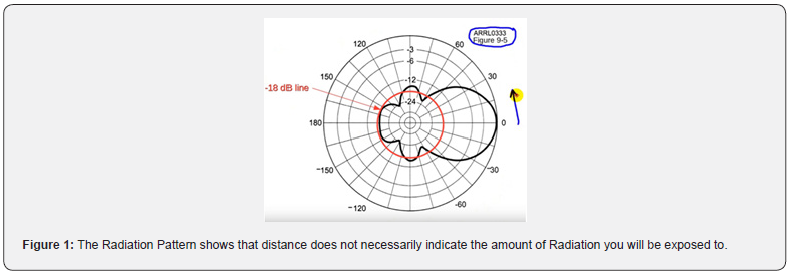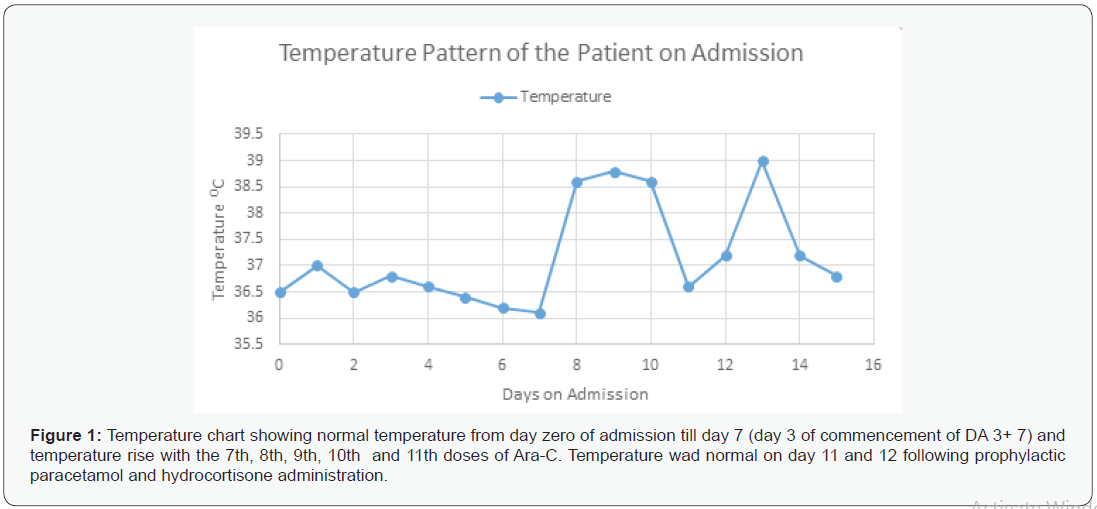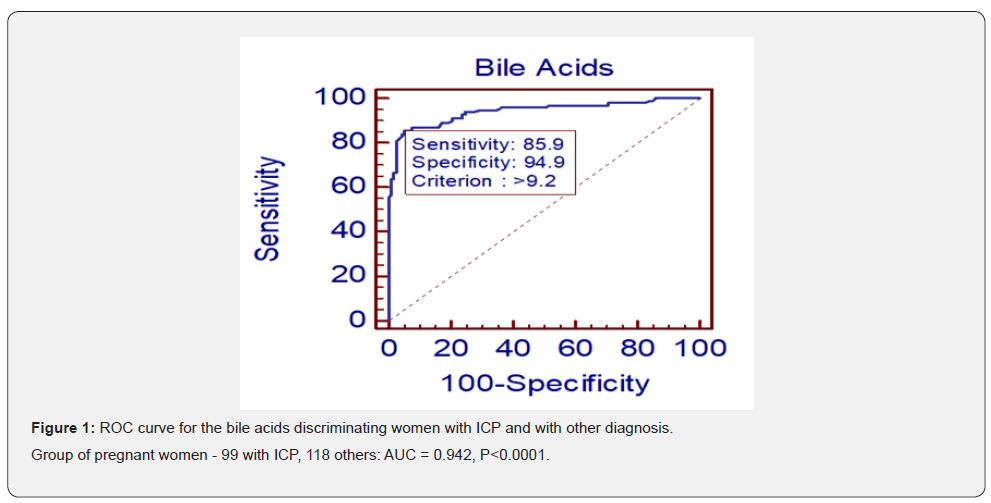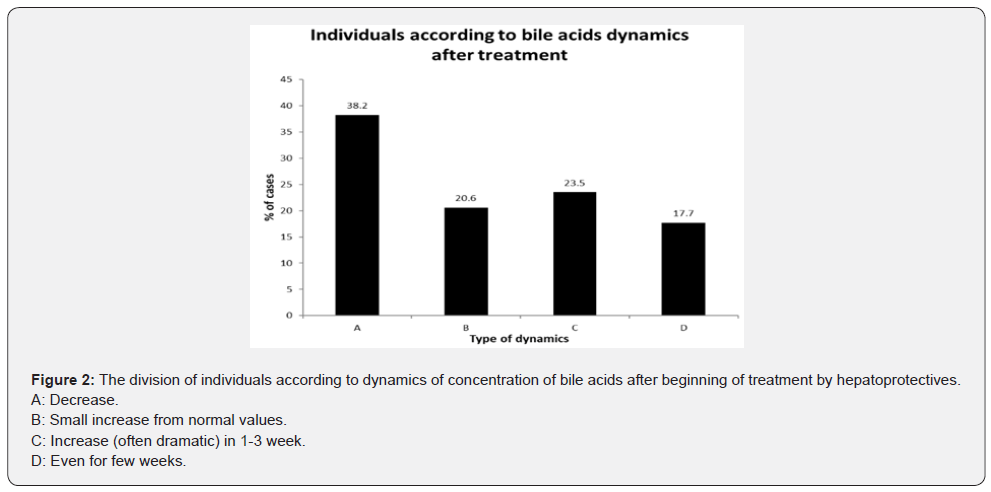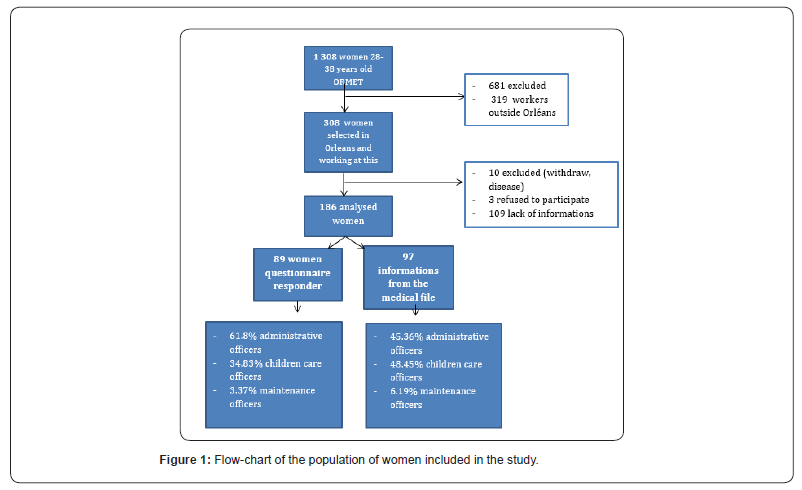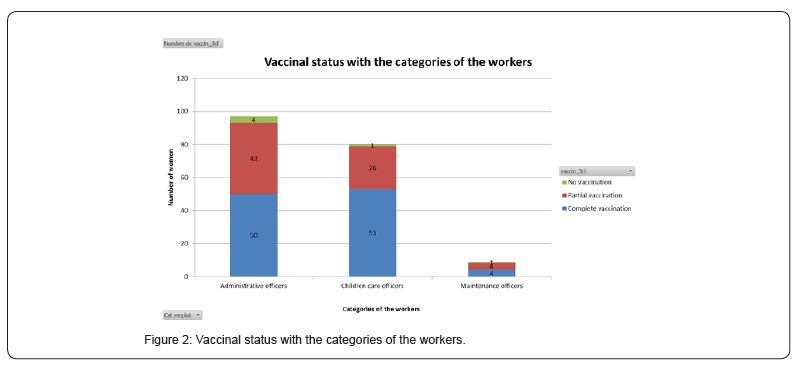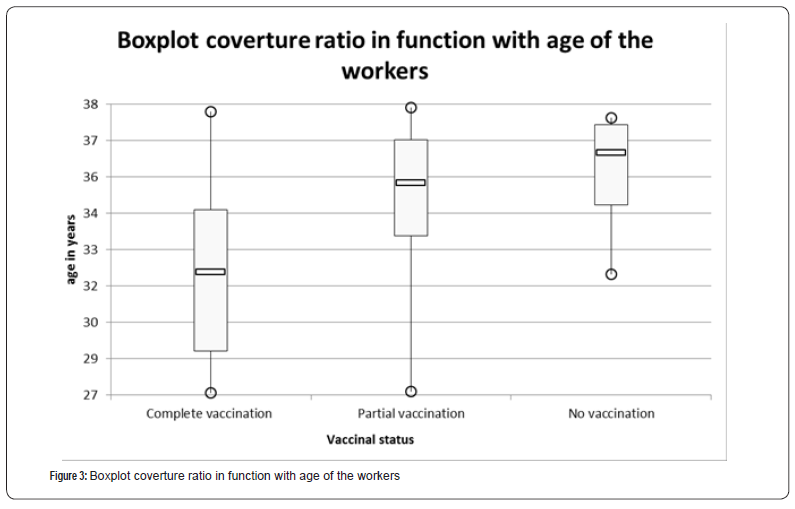Addiction & Rehabilitation Medicine - Juniper Publishers
Abstract
Though opiates are the most effective form of painkillers, they are highly addictive and many of these opiate addictions lead to heroin addictions or death. The medical community has worsened this problem by over prescribing and prescribing strong painkillers for routine surgeries in which patients do not need high-strength medication. Because opiates are expensive, many abusers sum to heroin instead which is cheaper and does not require a prescription, and heroin usage often results in overdose and fatality. However, research being conducted in the medical research field shows signs of optimism in the development of alternative, Jess addictive painkillers. In confronting the issue at hand, lives will be saved and addiction rates will be significantly lowered by maintaining strict prescribing parameters to patients who actually need the opiates.
Keywords: Addiction; Opioids; Heroin; Painkillers
Mini Review
Opioid addiction in the United States is becoming increasingly prevalent as higher numbers of people are killed as a result of long-term opioid usage. Doctors continue over prescribing medications and issuing refills for people who do not need such high-strength painkillers or have no reason to continue usage. Opioid addiction leads to terrible withdrawals that consist of anxiety, agitation, muscle aches, headaches, and insomnia which make it easier to continue the use of opiates than to discontinue usage. However, new breakthroughs in addiction research are yielding promising results for opioid abusers.
The Bayer Co. began commercializing heroin, an opioid, in 1898, though morphine was used to treat pain during the Civil War. Heroin and other opioids were used as anything from cough suppressants to painkillers because no one had yet discovered the harmful side effects of "these poppy derivatives" [1]. However, the Harrison Narcotics Tax Act of 1914 "imposed a tax on those making, importing or selling any derivative of opium or coca leaves" and heroin was then illegalized in 1924. Percocet and Vicodin were introduced in the 70's, though a paragraph published into the New England Journal of Medicine in 1980 by Jane Porter and Dr. Hershel Jick stated, "there were 882 patients who received at least one narcotic we conclude that the development of addiction is rare in patients with no history of addiction" [2]. This paragraph paved the way for opioid addiction because it was assumed that for pepie with no history of addiction, that there was no risk of addiction to opioids, and thus, doctors used no discretion when prescribing painkillers to patients without a history. The analysis included in the study was omitted from the medical journal which stated that the patients only received a controlled amount of opioid for a short amount of time, which is very different from prescription that patients are free to use (or abuse) how they wish.
Purdue Pharma's 1996 release of Oxy Contin triggered an increase in the number of prescriptions by eight million from 1995 to 1996, and in 1998, the company released a video starring patients who took Oxy Contin for their chronic pain called "I Got My Life Back". Following the advertisement, prescription numbers increased by another eleven million. Now, most people have moved on from Oxy Contin after the awareness new studies have brought on and the lack of prescriptions of painkillers available, though heroin has become their new drug of choice because of its accessibility and also because it's cheaper than painkillers. Opioid addiction, with an addiction rate of almost 26%, is a significant problem in the United States and hopefully, these new studies (completed at least within the last two years) will help decrease the addiction and fatality rate of opioids in the country.
The opioid epidemic, which is attributed to both prescription and street drugs, is a topic that requires delicate attention and a serious change in policy. One of the largest issues is doctors prescribing opioid painkillers for unnecessary circumstances, such as low-risk surgeries. In a recent study, it was concluded that four out of every five patients-155,297 in total-filled an opioid prescription within a week of their surgery for: "carpal tunnel repair, laparoscopic gallbladder removal minimally invasive knee surgeries, and knee repair" [3]. These surgeries are usually day surgeries and then the patients are brought back in for follow-ups to ensure the operation was successful, and many patients heal quicker and return to work or school a few days after their operation. So why are doctors prescribing highly addictive opioid for such low-risk surgeries? While it might be necessary for some patients to have access to a few painkillers in case they are sore as a result of the surgery, it should not be an automatic pass for an opioid prescription, especially with such a high addiction rate. If a patient goes home from surgery and faces soreness or excessive pain as they are healing, it might be necessary to provide a limited supply of medicine to assist them in their healing; however, many opioids slow the healing process and therefore are working against the procedure itself.
For "patients undergoing knee arthroscopy investigators estimated a greater than 18 percent increase in the total amount of opioid dispensed" which means people are receiving more medication and thus increasing their chance of developing an addiction. It is a necessity that doctors fix the current prescription requirements- just about anyone who says they have pain can land a prescription with a few refills-and ensure that people who do actually need the opiates are able to do so in small doses that do not allow for abuse. Medical professionals should provide individuals with chronic pain a different form of relief because it has been found that opiates can actually increase pain by affecting a person's pain tolerance.
In a June 2016 study by the Johns Hopkins Bloomberg School of Public Health, it was discovered that six out of ten adults who were prescribed opioid painkillers end up with leftover pills from their prescription that they said they chose to save for a later date. "Fewer than seven percent of people with extra pills reported taking advantage of 'take back' programs" which allow a person to dispose of their extra pills by returning them to pharmacies, police departments, or the DEA without penalty ("Six in Ten Adults Prescribed Opioid Painkillers Have Leftover Pills", 2016). By over prescribing medication, adults are given the opportunity to use the pills later or to share them with friends who have not been given their own prescription and therefore might not respond well to the opiates.
Many people are not given information on how to properly dispose of extra medication, so they keep it in case their pain comes back in the future. However, the larger factor at work here is why doctors continue to prescribe more medication than needed for a patient. In 2014, the foremost cause of injury death in the 25 to 64 age group was drug overdose most of which are accredited to opiates ("Six in Ten Adults Prescribed Opioid painkillers have Leftover Pills", 2016). Saving pills increases the likelihood of heroin abuse, also; the longer a person consumes opiates, and the more likely they are to develop an addiction that turns into heroin abuse. Among 592 participants, 60.6% of them reported having excess pain pills from a prior prescription, 61.3% of whom decided to keep the painkillers for later use instead of properly disposing of them. This, in turn, keeps the opioids around the house (less than 10% said they secured a location for their excess medicine) for anyone to grab and ingest, including children who swallow them accidentally, or anyone else looking for a quick high because no one will notice they are missing.
In response to this problem, doctors should fight the issue by prescribing smaller quantities of opiate painkillers and tell their patients to make an appointment if and when they need more painkillers. By reducing the quantities significantly, it would not allow for spare medicine to sit around their house waiting to be taken later, though people who take all of their pills could still be prescribed more if necessary. This way the doctors are aware of how long their patients are actively consuming the medication and there are no pills left to be shared with friends or taken later to contribute to the development of an addiction. Addiction has only recently had light shed on it as a public issue, so fixing the system which created it is going to take time. But, if doctors are made aware of the life-threatening addictions that their patients might develop because of lackadaisical prescribing, it can be solved and they can work with patients more close y in eliminating the epidemic.
For children ten to twelve years old who begin taking opioids for nonmedical purposes, it is more likely that their fate will lead to heroin usage as an adolescent or young adult than other age groups. "Prior use of nonmedical use of prescription opioids is a strong predictor of heroin use onset" because opiate prescriptions become hard to obtain, and therefore individuals turn to heroin to feed their addiction. Heroin is cheaper and more widely accessible than prescription opioids, and for children who begin abusing them early on, it is likely they will progress to heroin in the future. Users "can obtain the equivalent amount of heroin for about one-tenth the price" making it easier to jump to heroin from painkillers and many adolescents develop connections to heroin dealers through their opioid addictions [4].
Heroin users are more likely to die of HIV transmitted through unclean needles, and children should not be at risk for developing HIV later in their life because of an opiate addiction beginning at age ten. Through efforts aforementioned, such as getting rid of extra medication around the house to prevent it falling into the hands of children, children would fail to develop addictions that lead to heroin abuse. Because children's brains are most susceptible in the early years of their life, children ten to twelve are most likely to feel long terms effects of opiate usage and be unable to combat the addiction successfully because their brains developed on the substance. Suggestions to pediatricians about testing their patients ten years of age or older for drug usage have been useless as many doctors feel like there is no need to test such young children for use; by remedying this, however, early interventions could help children cure their substance use and prevent opiate addiction and heroin usage altogether.
In a study led by Michael Yokell of the Stanford School of Medicine, it was identified that 67.8% overdoses at U.S. hospitals in 2010 were the result of prescription opioids, followed by heroin which was responsible for 16.1% of overdoses out of a total of 135,971 opiate-induced overdose cases [5]. Included in the prescription opioid percentage of overdoses is methadone, a drug which is commonly used to combat opioid addiction. However, methadone itself is addictive and comes with its own set of withdrawal symptoms, similar to the withdrawal effect of sedatives (neuroleptics and benzodiazepines) and "the withdrawal with methadone lasts longer [6]. Treating one withdrawal with a medication that results in another withdrawal is ineffective and brings the attention to a need for an alternative solution for opioid addiction.
A new substance, made from scratch by researchers at the University of California-San Francisco, is said to be the key to the future of treating addiction. The substance, tested only in mice for now, inhibited pain receptors without triggering side effects like trouble breathing or constipation, the two most commonly associated with opiate usage ("Safer opioid painkiller made from scratch" 2016). With a computer program, the researchers ran simulations on "candidate drugs" to figure out all the possibilities for substances, and then tested their resulting substance in mice who responded positively to the new chemical. The dopamine inhibitors were not activated, through the pain receptors were targeted in a specific fashion and the mice's receptors did not respond negatively to the new drug. Instead of treating patients after they have already developed an addiction to opiate painkillers, this new substance would treat pain and therefore eliminate the need for opiates to be prescribed. Targeting pain at the source and eliminating the pain without adding the possibility of addiction is ideal for the future of the United States' opioid epidemic, and alternatives to painkillers are the only way to eradicate the repercussions later [7,8].
Instead of fixing the problem, policies have made it easier to transition from prescription painkillers to heroin and many people struggling with addiction are thrown in jail for their illicit drug use-which many times results in relapse-or are unable to seek treatment because of the overwhelming cost of rehab. Overall, opioid addiction in the United States is a widespread problem, though science continues to take steps in the right direction to eliminate the potential of addiction. In addition to the users, society must hold doctors accountable in only prescribing opiates when medically necessary and limiting the number of pills patients can receive at one time.
To Know more about Addiction & Rehabilitation Medicine
Click here: https://juniperpublishers.com/index.php


